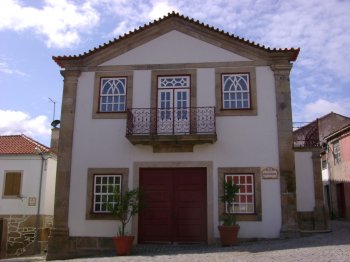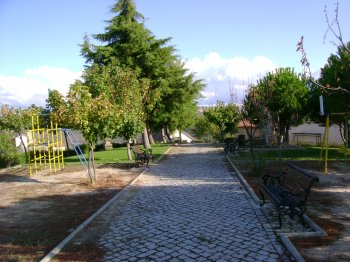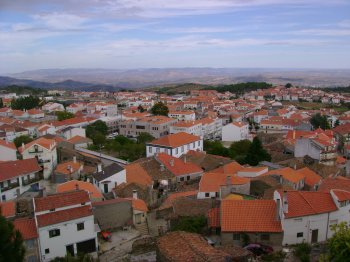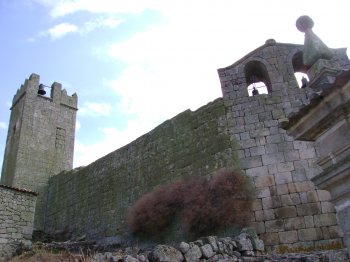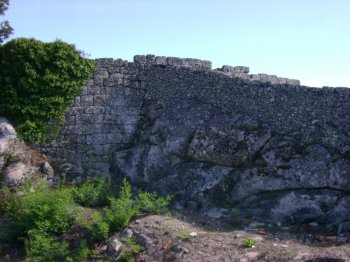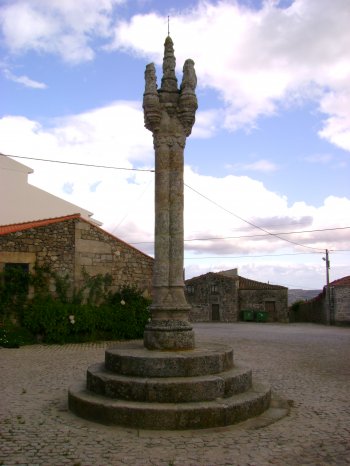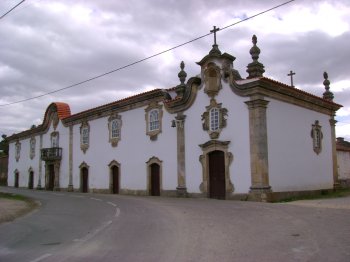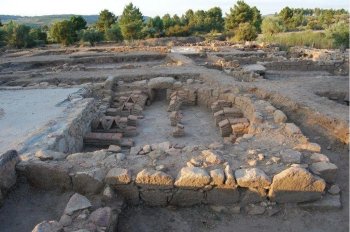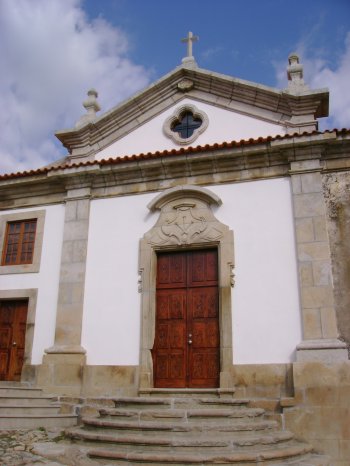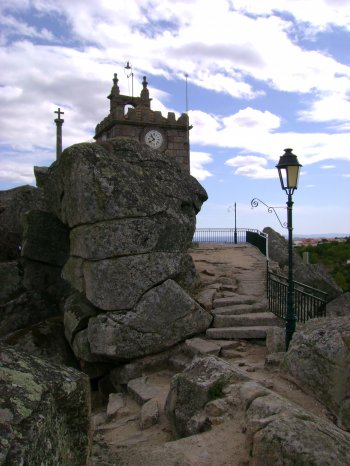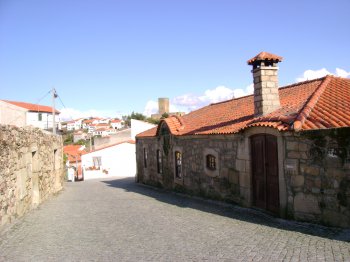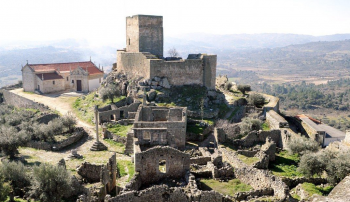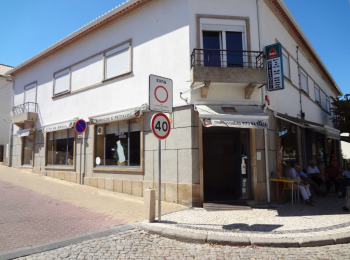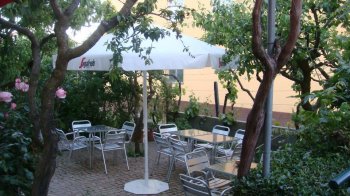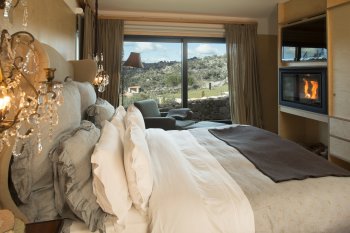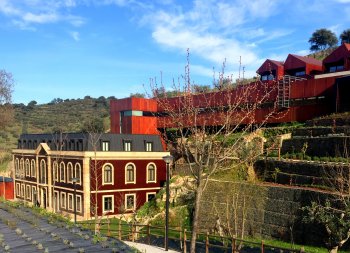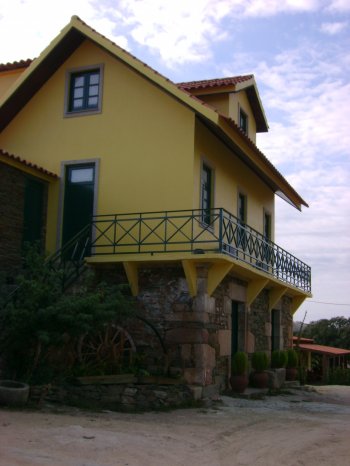Mêda
The municipality of Meda covers an area of approximately 296 km2 and encompasses 16 parishes, with a population of around 8,000. Located in a mountainous transition zone between the Beirão Plateau and the Alto Douro, the landscapes are diverse, alternating between granite hills and wild scrubland, almond groves, leafy pine forests, and fertile valleys where rivers offer fishing for eels and barbel. It boasts a vast historical heritage, which has also resulted in the richness and diversity of local crafts, notably figurines of saints, clay vases and jars, linen quilts, wool blankets, and carpentry, basketwork, and stonework. Culinary highlights include purslane soup, onion broth, and wild pigeon rice.
What to do in Mêda
Travel Guide
Up to date tourist information about the city's top attractions
Historical Villages: 12 Treasures to Discover in Portugal
Located in the countryside, these villages preserve a vast and very rich historical and patrimonial legacy. There are c…
Where to eat in Mêda
Portuguese
7.00 €
Espaço simples e familiar, cuja especialidade é o frango no churrasco.
Portuguese, Regional
12.00 €
O Restaurante O Retiro, em Mêda, já vai na segunda geração e orgulha-se de praticar uma cozinha de …
Where to sleep in Mêda
Casas do Côro are situated in the heart of Marialva, one of the most important historical villages of Portugal. Against the Castle and with a unique framework,…
O Longroiva Hotel Rural é um local de charme onde ruralidade, inovação e bom gosto encontram uma simbiose perfeita. Com 32 quartos duplos, 2 suites e 10 acolhe…
Rural tourism unit located in a large and nice farmhouse that belonged to the Knights of the order of the temple. Offers eight rooms decorated with refinement,…
Near Mêda
Aguiar da Beira
Aguiar da Beira is part of the District of Guarda and part of the demarcated region of the Dão wines. Located 40 kilometers away from Viseu, this Cou…
Fornos de Algodres
Fornos de Algodres, at the foot of the Serra da Estrela, is a land of broad horizons and ancient history. Stretch your gaze from Fraga da Pena to Cas…
Guarda
Guarda is known as the city of the five F's: strong, rich, cold, faithful and beautiful (forte, farta, fria, fiel e formosa). It is the highest Portu…
Almeida
It is one of the 12 Historic Villages of Portugal, largely due to the importance it assumed in the past and the extensive architectural heritage it p…

